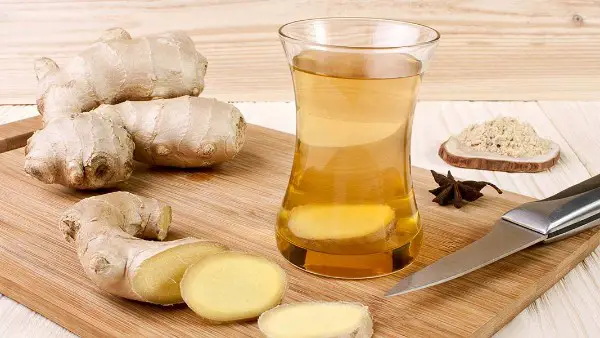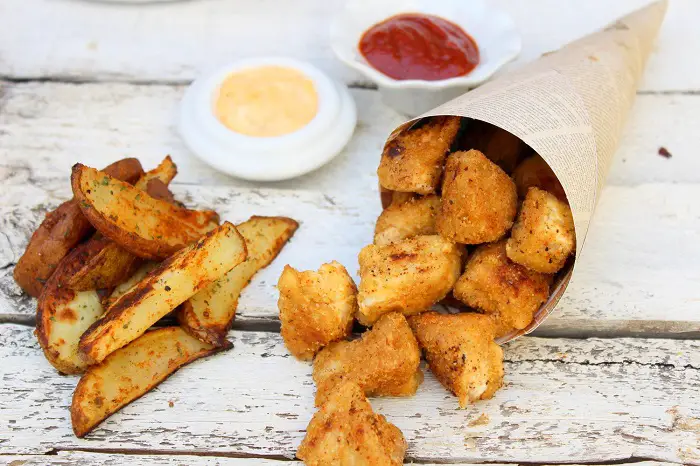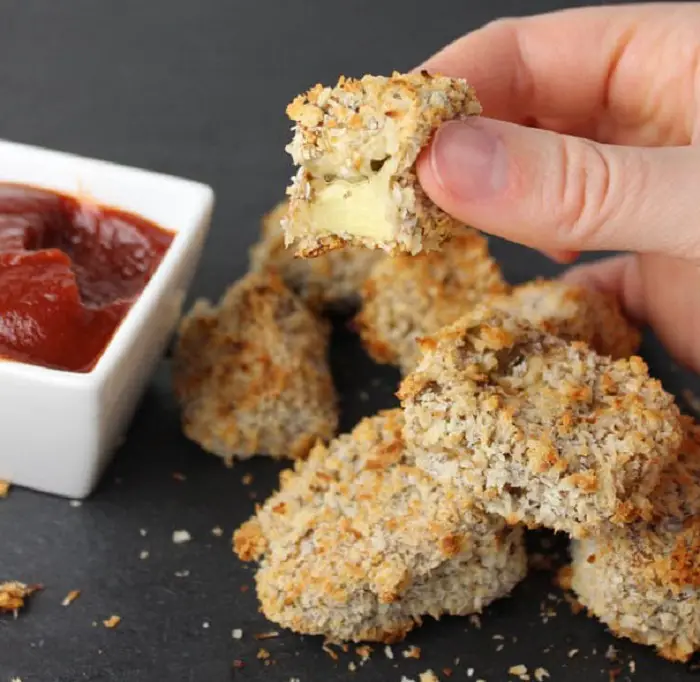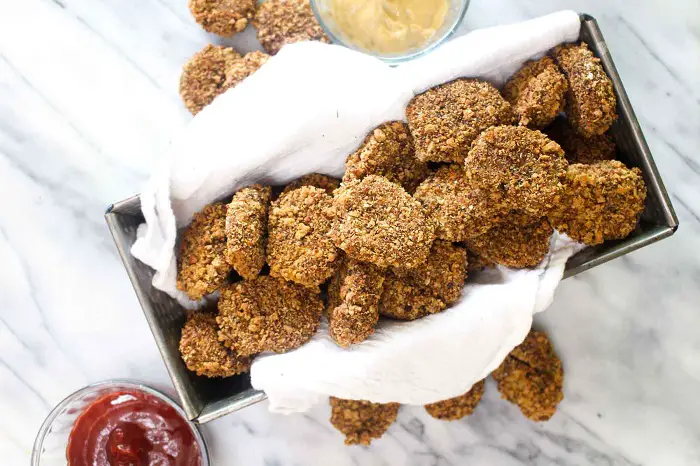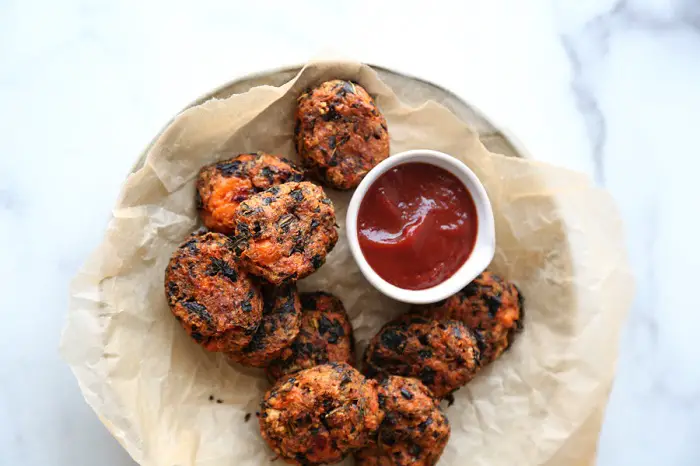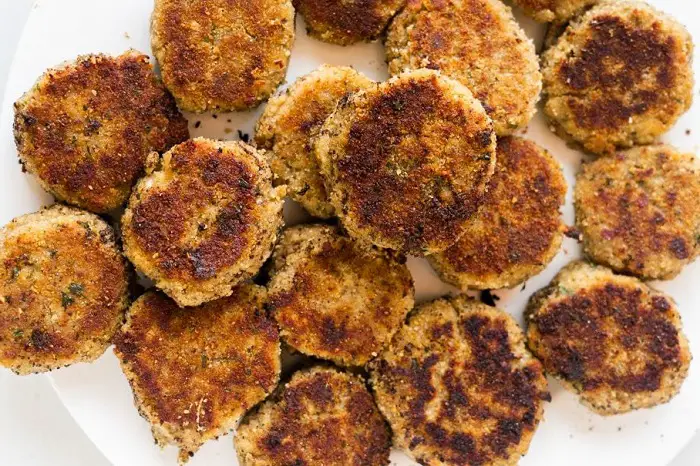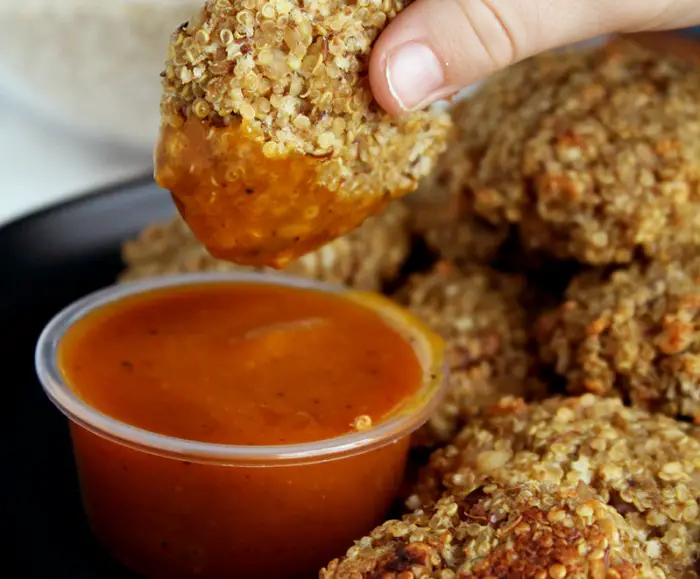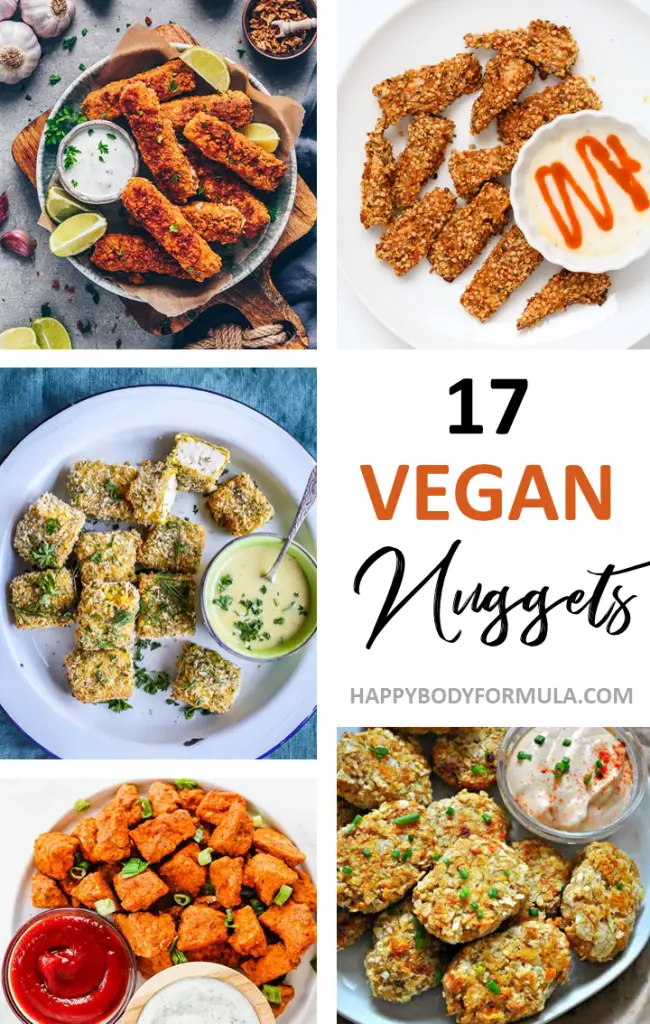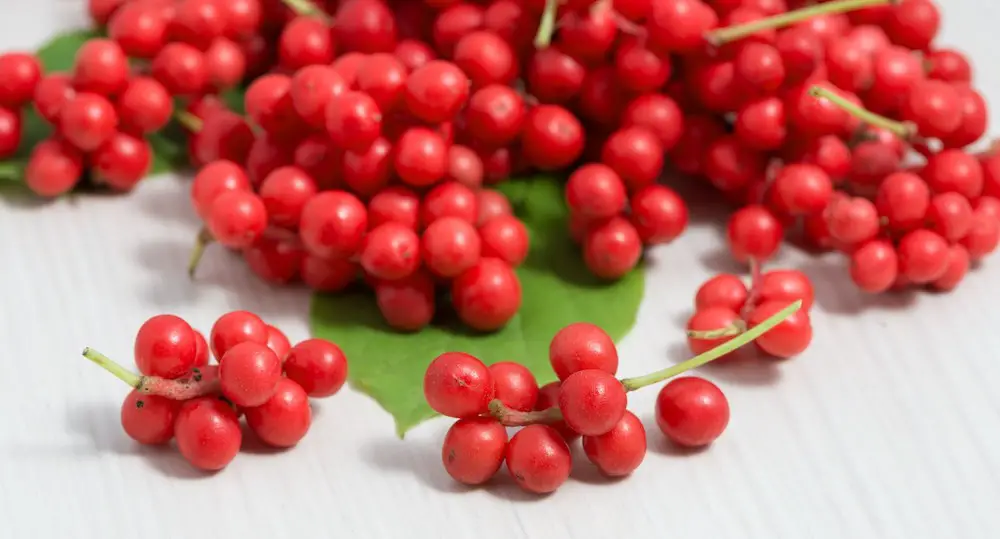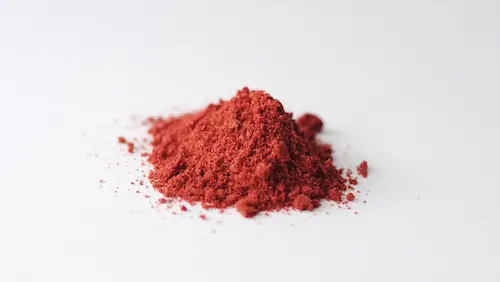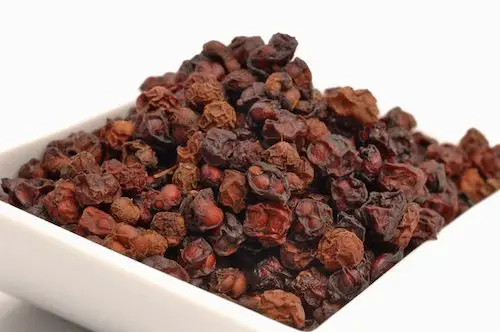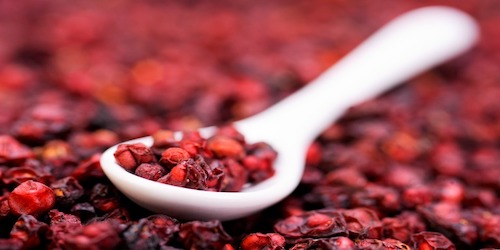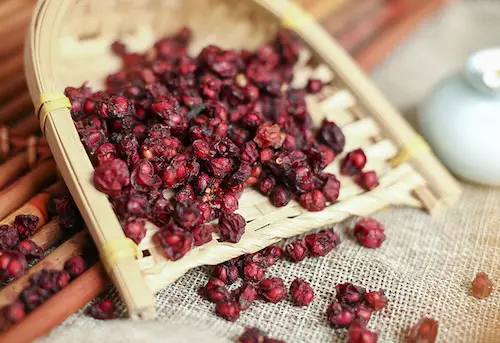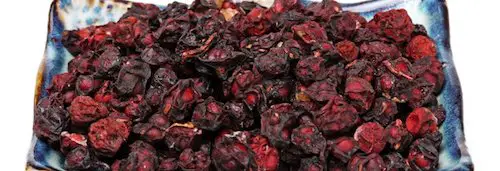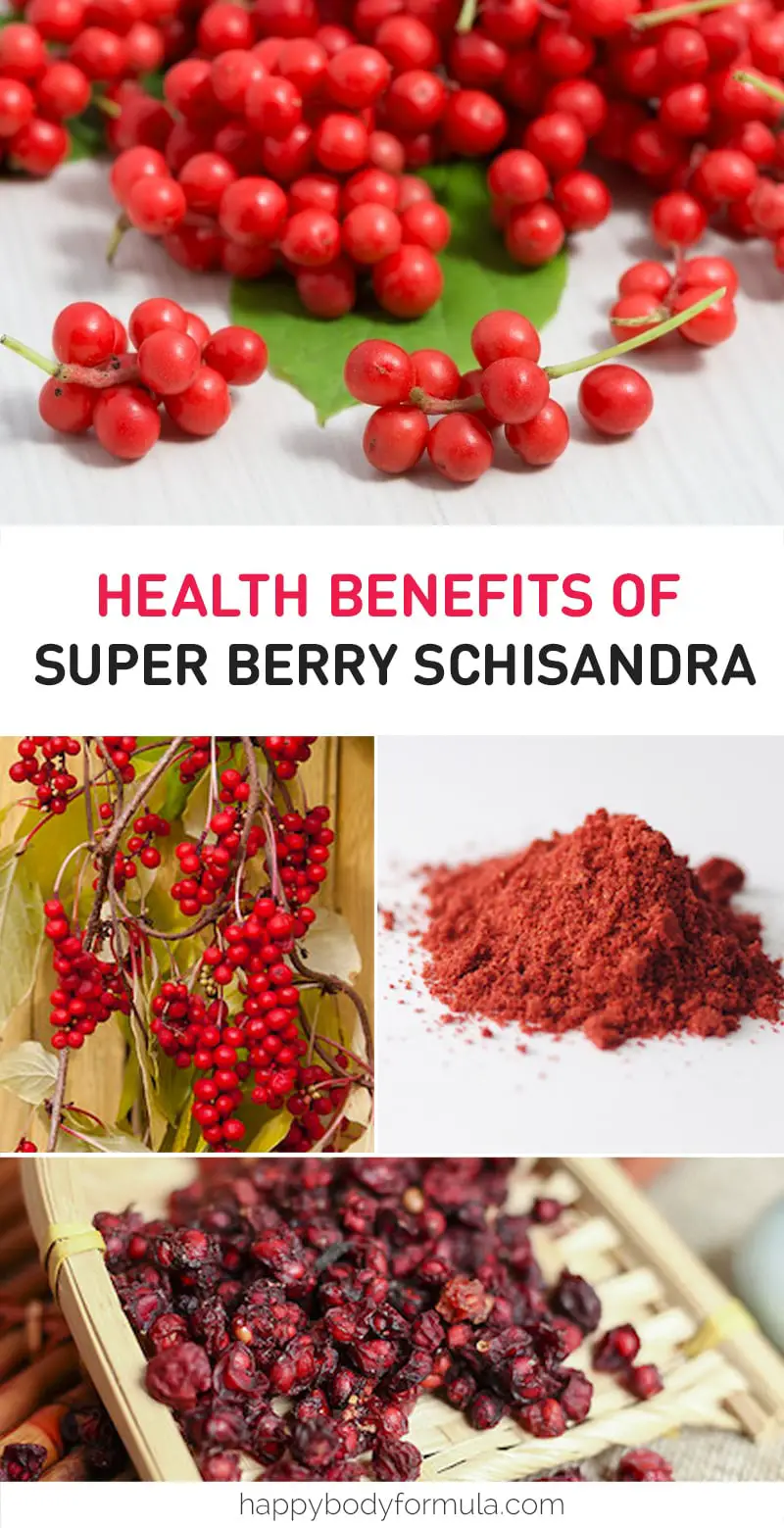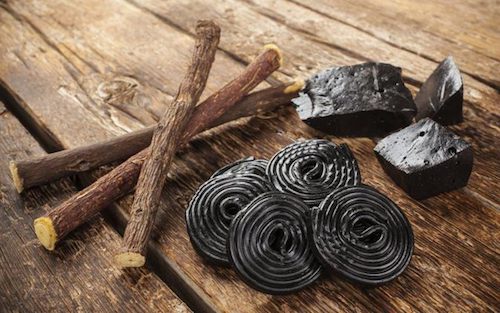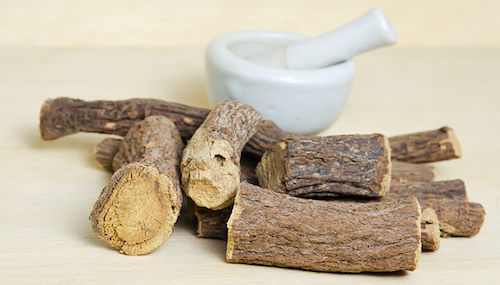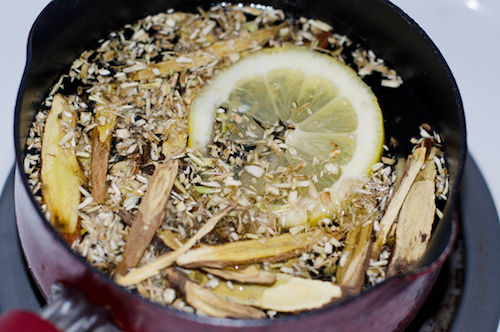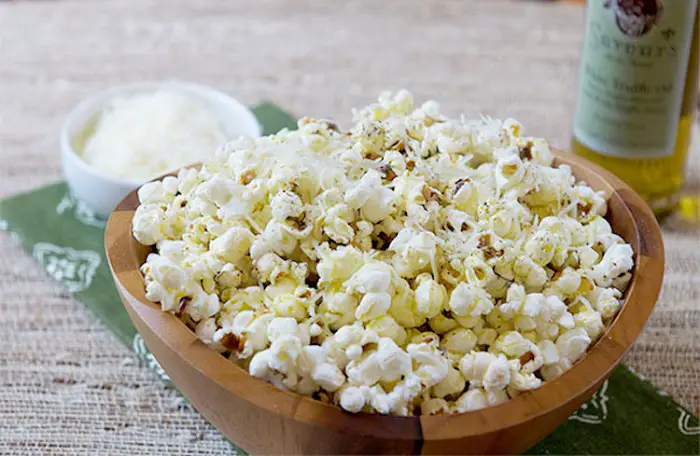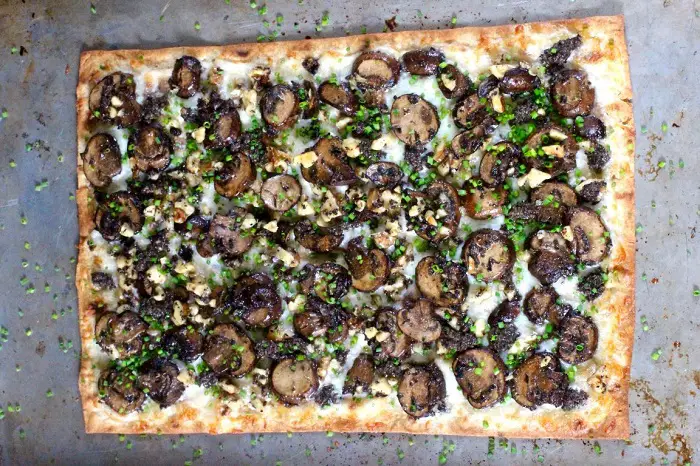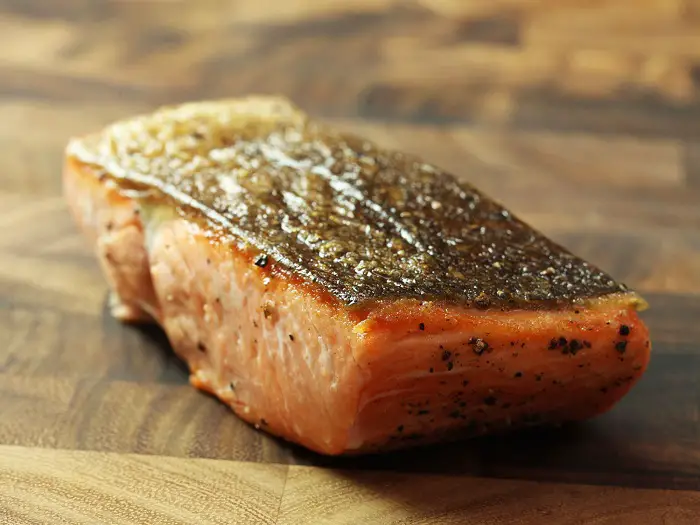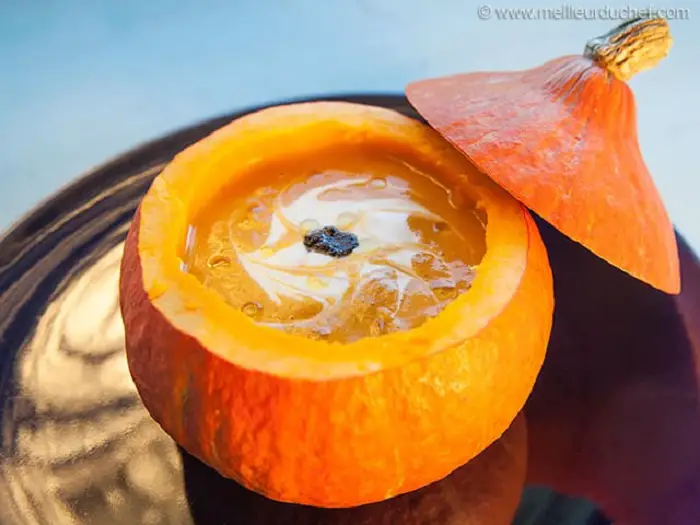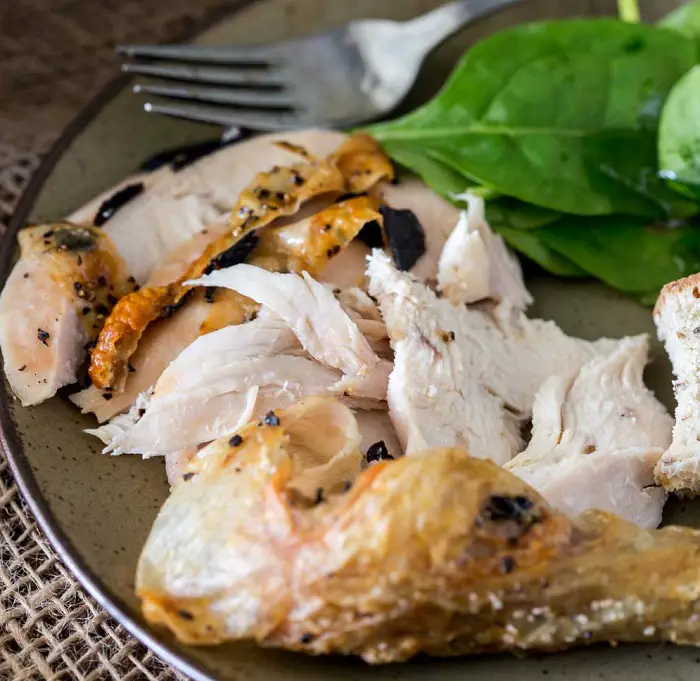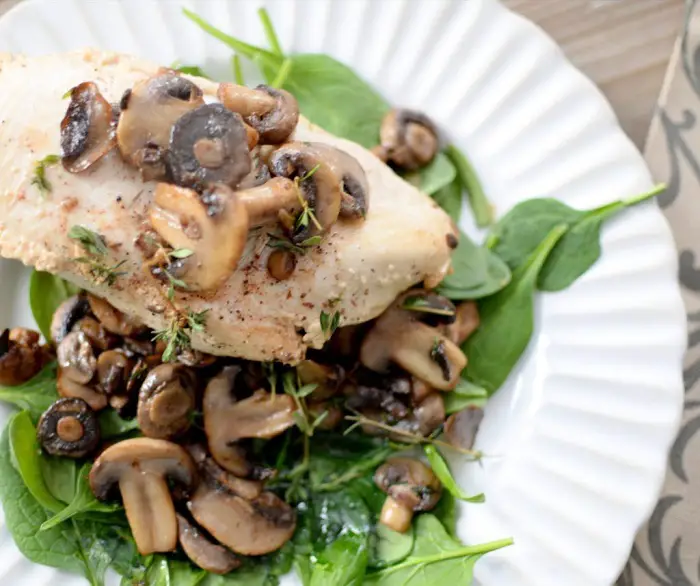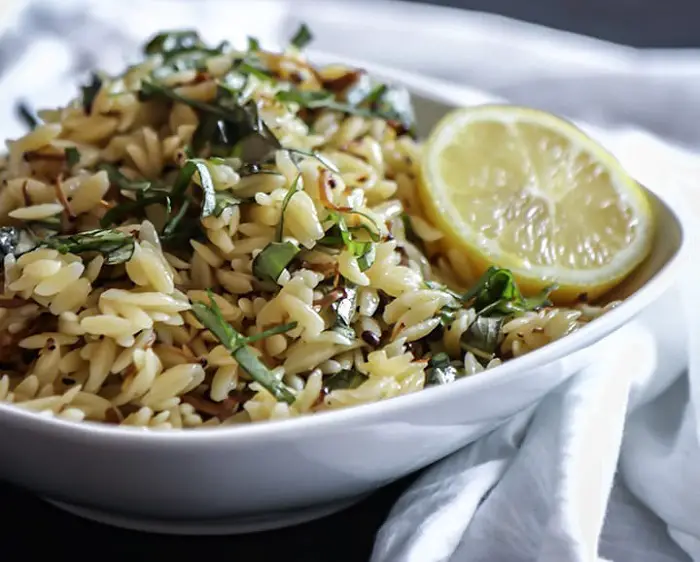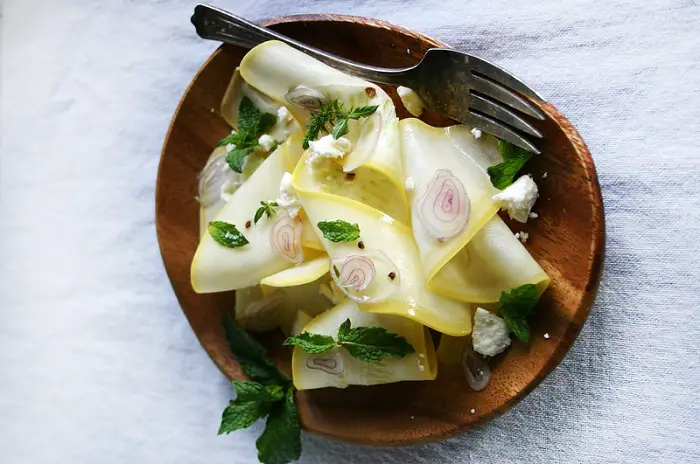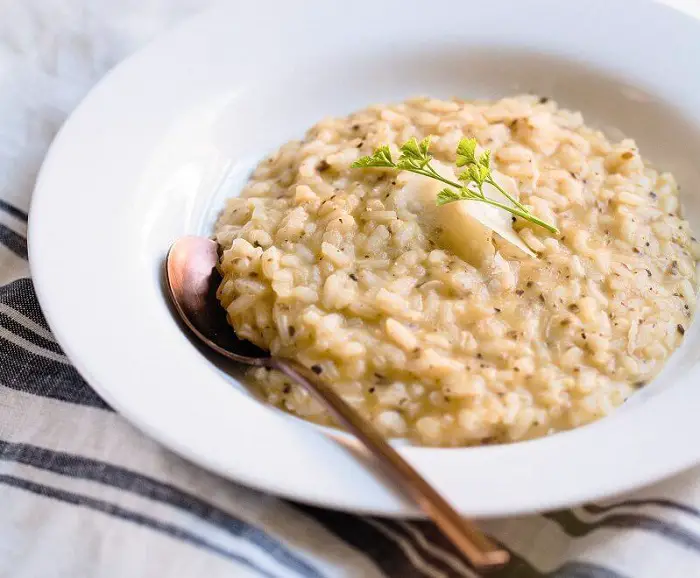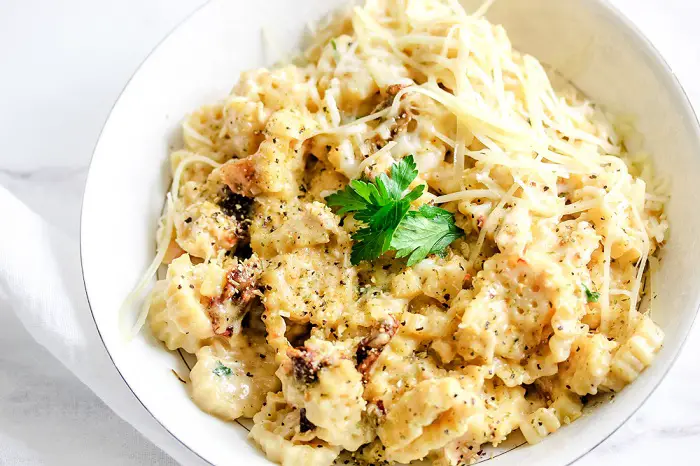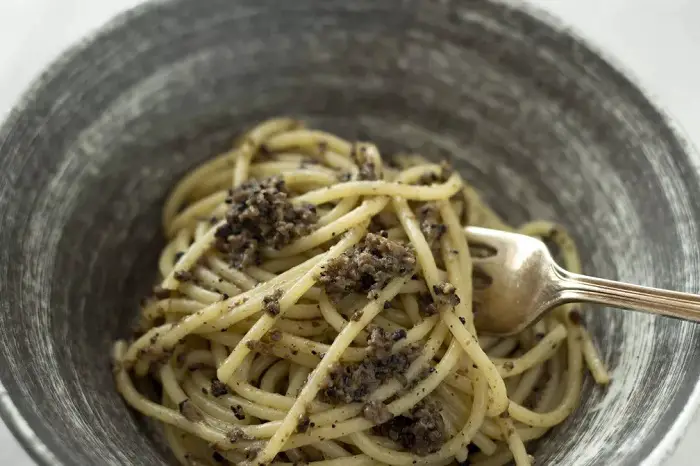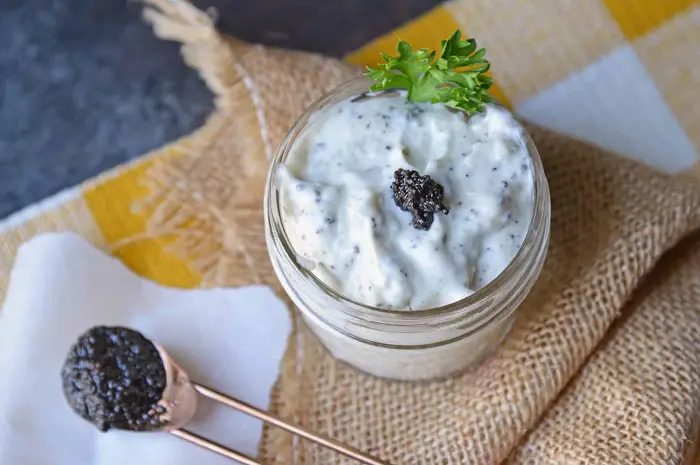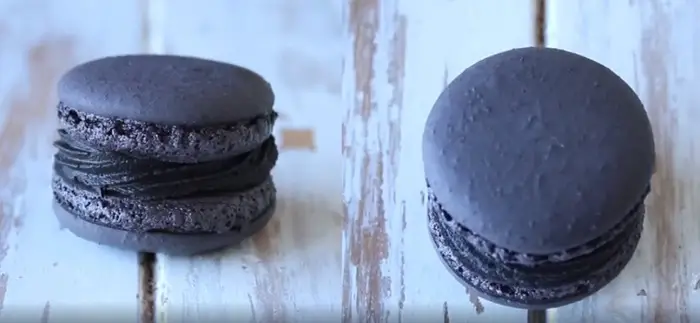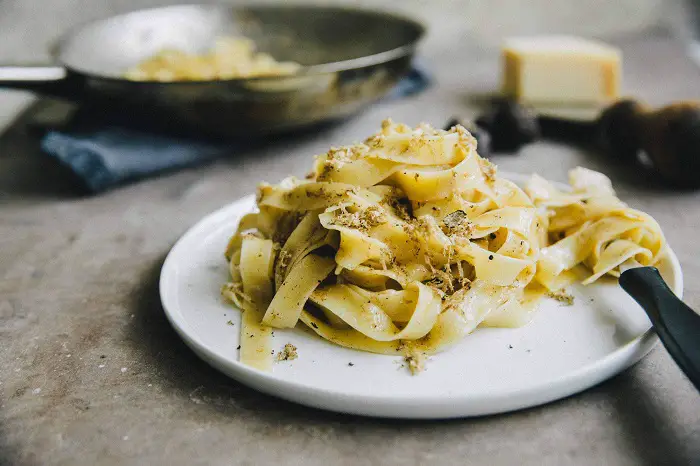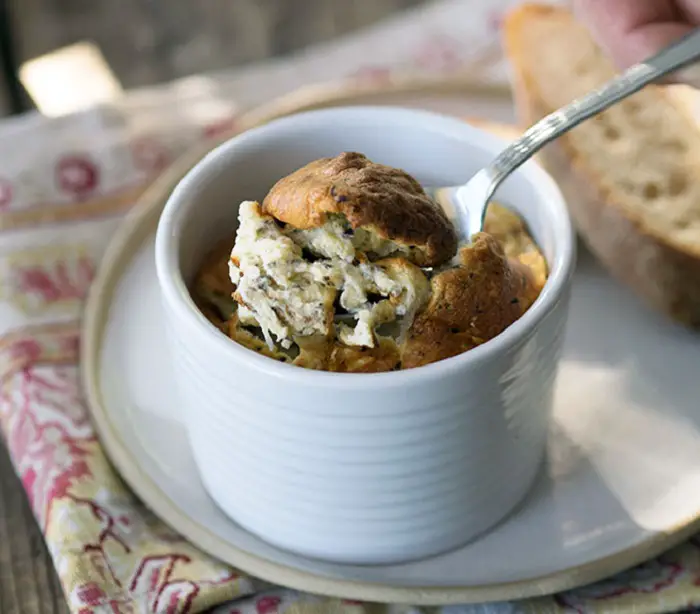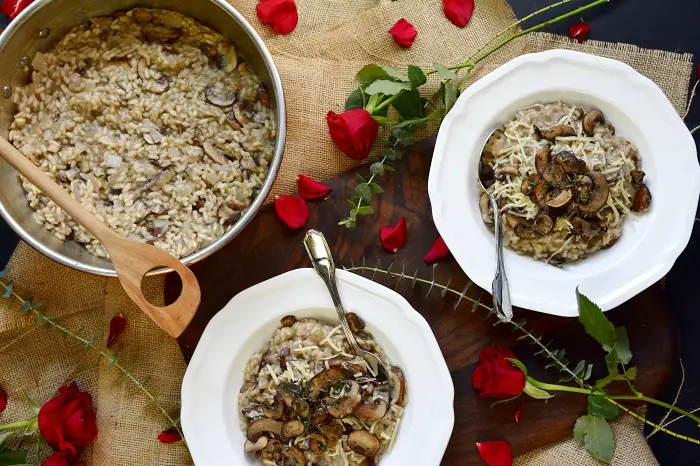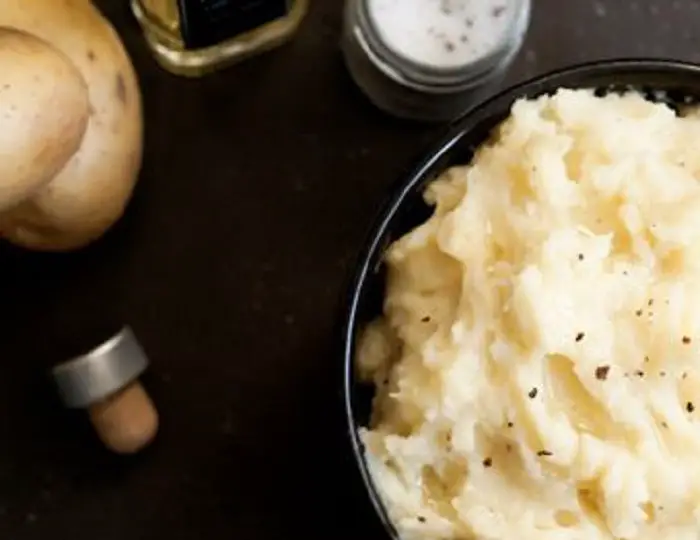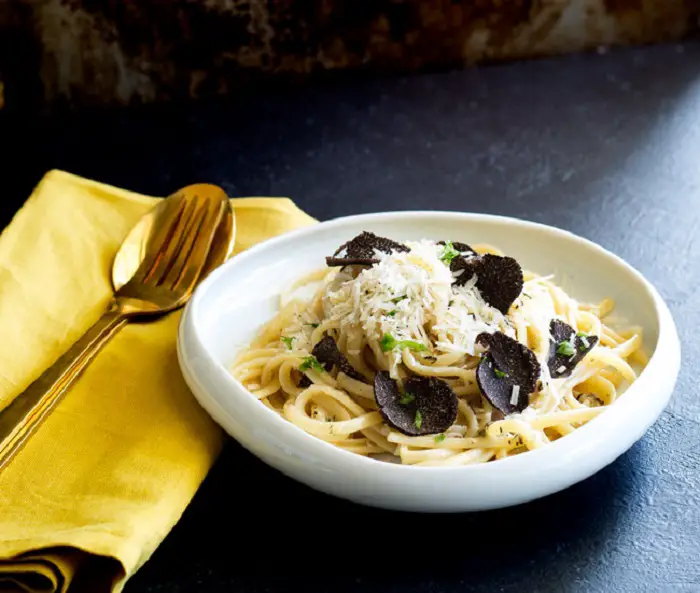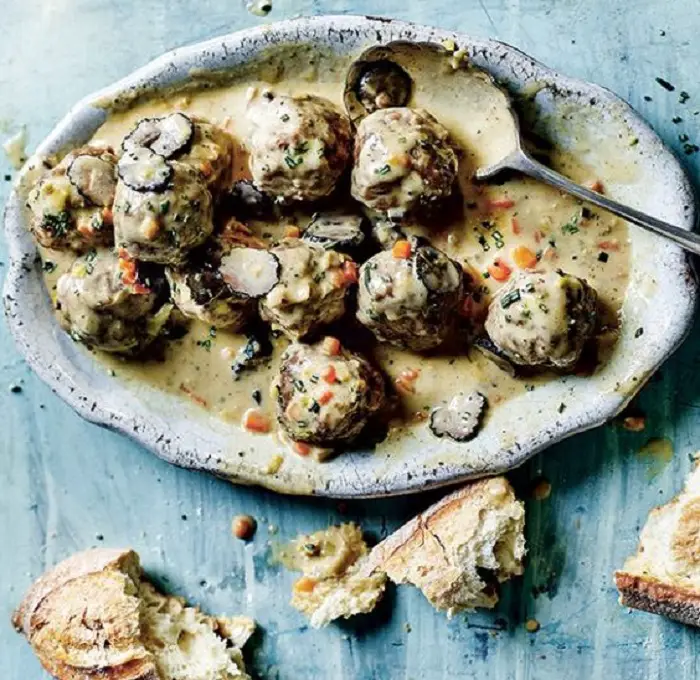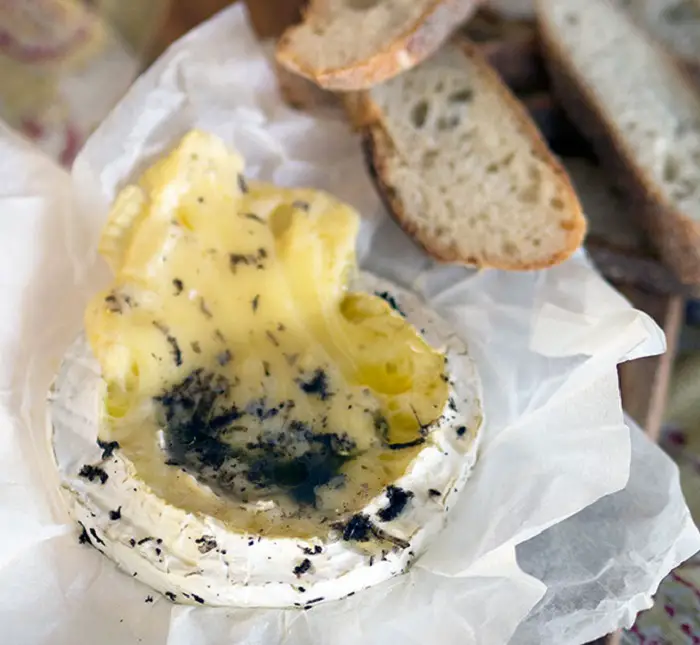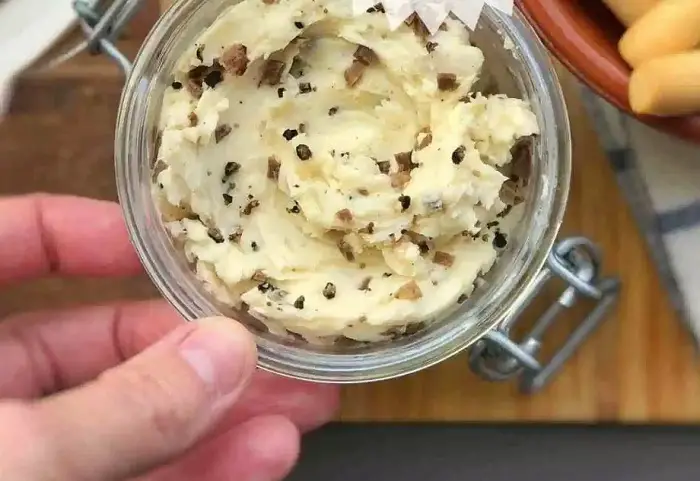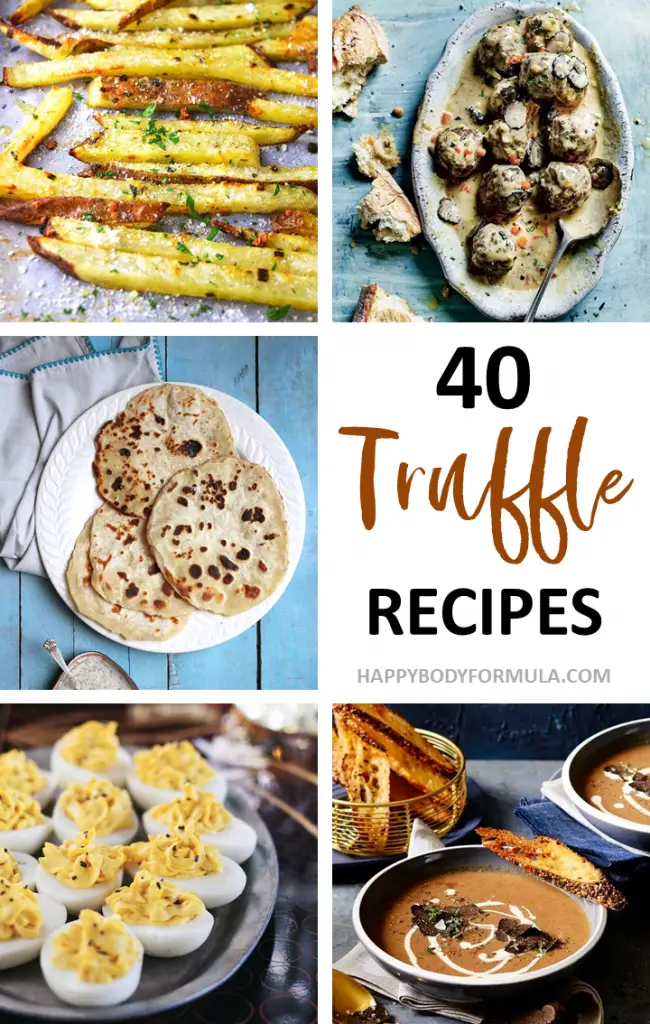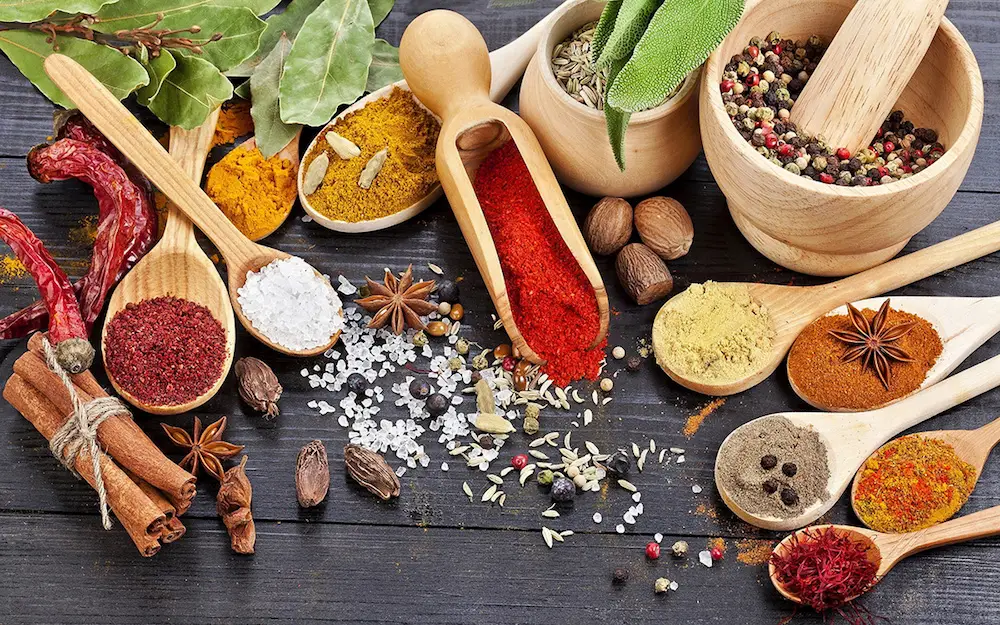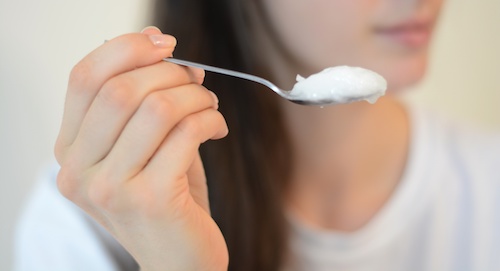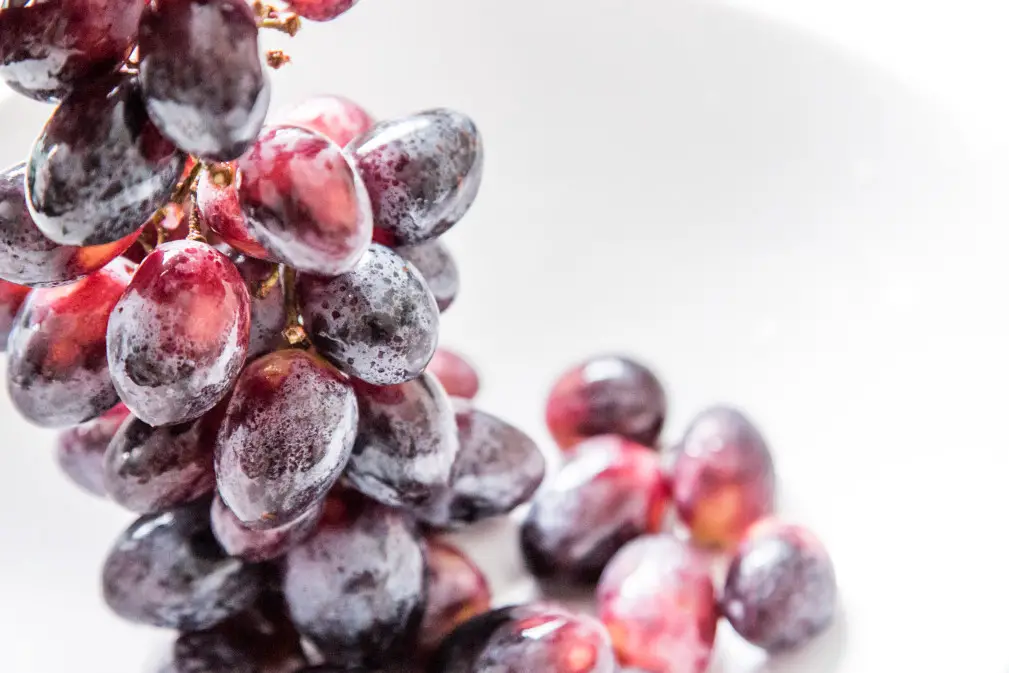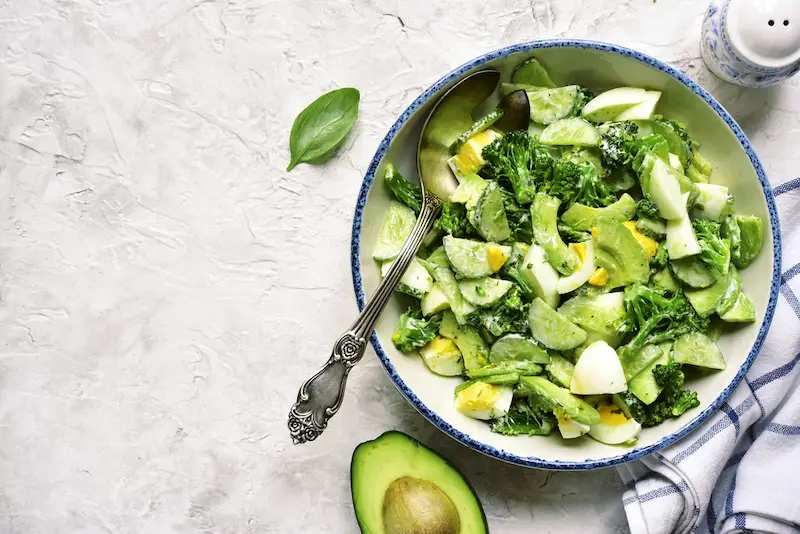
Folate, also known as vitamin B9, is a member of the B vitamin family.
While vitamin B12 might get more attention, and vitamin B6 is known for being anti-nausea, folate is an essential nutrient that not only helps vitamin B12 work, but is also important for reproductive health, heart health, and beyond.
There’s a lot of confusion between folate and folic acid, too. Folate is the natural version found in foods. Folic acid is a synthetic form of the nutrient that is harder for most to absorb and activate.
While lots of foods are fortified with synthetic folic acid, folate deficiency can still exist, especially in cases of certain genetic mutations.
Let’s explore.
[toc]
What is Folate?
As we learned above, folate is a member of the B vitamin family. It is a water-soluble nutrient, which means it is excreted in urine and must regularly be replenished to avoid deficiency. (source)
Folate is biologically active in the body in many areas but is especially vital for DNA health, amino acid conversions, regulating certain biological reactions, and methylation. It’s also vital for nervous system and immune health.
Due to certain genetic mutations, such as MTHFR (which stands for methylenetetrahydrofolate reductase), certain people cannot convert folic acid into usable forms of folate and may even require supplementation with the active form of folate, 5-MTHF.
Research also finds that foods rich in natural folate are so powerful that they might help to prevent or treat cancer, heart disease, anemia, cognitive decline, and even birth defects.
Health Benefits of Folate
Folate has numerous health benefits. They range from being vital for reproductive health to preventing heart disease, and many things in between.
Here are the top reasons to make sure you’re getting enough of this critical nutrient.
Healthy Homocysteine Levels & Heart Health
Homocysteine is an amino acid compound in the body that, when at elevated levels, has been associated with increased risk of heart attack, stroke, and other aspects of compromised heart health.
As with all B vitamins, folate has an essential role in maintaining healthy homocysteine levels.
You can’t overdose on homocysteine from dietary sources either, as it only occurs in the body during conversion processes from methionine, a different amino acid that is found in foods like meat, dairy products, and seafood.
Folate and other B vitamins are responsible for converting homocysteine into methionine and also metabolizing minerals. Folate also promotes key antioxidant reactions in the body.
Research shows that those who eat a diet higher in folate tend to have lower risks for heart disease, heart attack, and stroke. (source)
Improved Cognitive Function
Folate is a vital nutrient for healthy brain development and function. Research links faster brain decline in aging with low levels of folate. (source)
Folate is also required for healthy function of the areas of the brain that handle learning and memory, so low levels can have consequences even in younger individuals.
Folate is so potent that even short-term supplementation is associated with improved IQ, memory, motor skills, and short-term memory. (source)
Fertility and Birth Defect Prevention
Folate is required for healthy embryonic development in utero, particularly due to its role in DNA synthesis and the prevention of neural tube defects.
Folate’s role is so critical for a healthy pregnancy that supplementation with folate prior to and in the first few weeks of pregnancy reduces the risk of neural tube defects by as much as 60 percent. (source)
It can also reduce the risk of other birth defects, like congenital heart defects and cleft lips or palates.
It also supports pregnancy by promoting a healthy gestational length (i.e. helping to reduce the risk of preterm birth), promoting a healthy birth weight for baby, and supporting the circulatory and overall health of the mother-to-be. (source)
Certain genetic mutations can decrease fertility and make it harder to get or stay pregnant, but supplementing with natural or activated folate can help to address these concerns.
Having higher levels of folate in the cells is associated with better conception rates in men and women, mature eggs, and even greater odds of a healthy live birth. (source)
It even helps boost male factor infertility, with supplementation of folate paired with zinc boosting sperm count by as much as 74 percent. (source)
Reduced Risk of Cancer
Healthy folate levels are associated with protection against certain types of cancer, especially those involving the breast, gut, pancreas, and lungs. (source, source)
Low levels have been found to be riskier for the development of cervical cancer and breast cancer, as well as cancer of the brain, lungs, or colon.
Folate helps to regulate gene expression in the body—essentially it can act as a sort of light switch. Good genes can be turned on or off, as well as bad genes.
If good ones are off, and bad genes are on, cancer and other disease can occur. Folate helps to serve as a switchboard mediator of genetic expression and can have protective effects.
Folate also protects DNA and keeps it from breaking in the replication process. When DNA is replicated incorrectly, cancer and other anomalies can occur. (source)
Naturally Fights Depression
Research shows that people who are depressed tend to have lower levels of folate. (source)
While the nutrient alone cannot prevent depression or cure it, the association is there that balanced folate levels also work to avoid this brain condition.
Not only does low folate indicate higher risk for depression, but it can also mean poorer response to antidepressant medication. (source)
Folate plays such a crucial role in mental health because it helps synthesize certain neurotransmitters, specifically serotonin and dopamine.
Both of these neurotransmitters are required for feelings of calm and balance in the brain. When the levels go too low, anxiety and depression often result. (source)
Boosts Antioxidant Activity in the Body
Folate helps to decrease free radical activity in the body, cutting back on oxidative damage that can skew how cells function.
Folate can even protect DNA and cellular health in the presence of toxins by acting as an antioxidant and stimulating the body’s natural detox mechanisms. (source)
Supports Healthy Immune Response
We need immune systems to defend against viral and bacterial invaders, but we also need them to be properly sensitized.
Folate helps promote normal immune response and activity both in cases of illness and autoimmunity—where the immune system needs to be reminded not to attack its own body.
In people with folate deficiency, reduced immunity is often seen, with frequent infections or illness.
Supplementing with folate and adding folate-rich foods to the diet can not only increase a person’s defense against illness, but can improve blood health and oxygen transport throughout the body, increasing energy levels and helping the body recover faster.
Boosts Healthy Red Blood Cell Levels
Speaking of blood, we need an adequate number of red blood cells to carry nutrients and oxygen throughout the body.
Independent of other factors, if a person is low in folate levels, they may be more prone to anemia. This leaves the blood short of oxygen and red blood cells, and the overall body fatigued and unable to properly repair itself or fight infection.
Promotes Healthy Bones
Increased risk of bone fracture, bone density loss, and diseases of the bone are associated with inadequate levels of folate. (source)
Without enough folate, bone loss happens faster.
This is partly due to the fact that folate stimulates an enzyme that is responsible for promoting bone formation and preventing excess loss of bone.
Supports Healthy Vision
Part of the aging process can result in a natural decrease in perfect vision. But it can also be associated with age-related macular degeneration, a condition that is largely responsible for blindness in older Americans.
Research finds that healthy intakes of folate, vitamin B6, and vitamin B12 can reduce the risk of developing this disorder by more than 40 percent. (source)
Protects Against Liver Damage
The liver is a crucial organ for detox, hormone break down, and digestion. Research shows that when low folate levels are present, there are greater chances for oxidative damage to liver cells and even a greater risk for liver cancer. (source)
Of course, one of the biggest risks for liver disease or disorders is excessive intake of alcoholic beverages.
Not only do those who drink moderately or more experience lower levels of folate, folate itself helps protect liver cells from damage of this kind. Folate works to protect liver health by boosting levels of antioxidants in the body, especially glutathione. (source)
Might Help Address Autism Spectrum Disorders
Adequate folate intake during pregnancy might help to decrease the risk of birth defects but might also reduce the chances of autism spectrum disorder.
However, in children who have already been diagnosed with autism, supplementation with folate has been shown to improve brain function and alleviate certain symptoms.
It can also decrease oxidative stressors which can tend to worsen symptoms or progression of the brain disorder.
Symptoms of Folate Deficiency
It’s entirely possible to be deficient in folate. Because it is water-soluble, it needs to be replenished on a regular basis to avoid low levels.
While the average person in the United States is likely not deficient, people in certain populations (like being pregnant or being elderly) or with genetic mutations can struggle to get enough.
Signs of folate deficiency could include any of the following:
- Frequent infections or illness; low immunity
- Low energy levels and fatigue; including chronic fatigue
- Pale skin
- Early graying of the hair
- Anemia
- Digestion problems like bloating, constipation, and irritable bowel syndrome
- Birth defects
- Frequent canker sores
- Mood changes, depression, anxiety, or irritability
- High levels of homocysteine
- Shortness of breath
It’s most likely that you’ll fall short of the folate needed if you fit into one of the following categories:
- Genetic mutations, especially MTHFR
- Breastfeeding or pregnancy
- Alcoholics
- Liver disease
- Kidney dialysis
- Regular laxative use
- Diabetes or diabetes medications
There are other reasons why you could be low in folate. If you suspect you’re low or have concerns, speak with your healthcare provider about getting tested to understand your levels.
Natural Food Sources of Folate
Folate can naturally be found in many foods. While people with certain mutations may struggle to absorb it all from food sources, most healthy individuals will do best to get as much as possible from dietary sources.
The foods richest in folate are:
- Spinach
- Beef liver
- Edamame
- Artichokes
- Black eyed peas
- Asparagus
- Lentils
- Broccoli
- Brussels sprouts
- Mustard greens
- Collard greens
- Turnip greens
- Kidney beans
- Romaine lettuce
- Avocado
- Wheat germ
- Okra
- Oranges
How to Supplement with Folate
While folate is in several foods, people with certain genetic mutations struggle to convert even natural folate into the active and usable form. Supplementing with pre-activated or easier to convert forms might help to correct a deficiency.
Speaking with your doctor is the best way to know if you might fall into this category. If you know that you don’t have MTHFR mutations, you can supplement with any type of natural folate or folinic acid.
If you do have known or suspected MTHFR mutations, choosing folinic acid (which is easily activated into 5-MTHF) or methylfolate will help to boost levels.
Dosage can range from person to person, so ask your doctor for recommendations or follow the suggested dosage on your product.
Bottom Line
Folate is a critical nutrient that is needed for nervous system health, cardiovascular function, fertility and reproductive health, and even for protection against certain types of cancer.
It is naturally found in foods, but some people with genetic mutations may struggle to activate it at a cellular level. Supplementation can help to provide balance and support.
Share on Pinterest

Aimee McNew, MNT, CNTP, is a certified nutritionist who specializes in women’s health, thyroid problems, infertility, and digestive wellness. She ate her way back to health using a Paleo diet, lost 80 pounds, and had a healthy baby after numerous miscarriages. She focuses on simple nutrition practices that promote long-lasting results.




